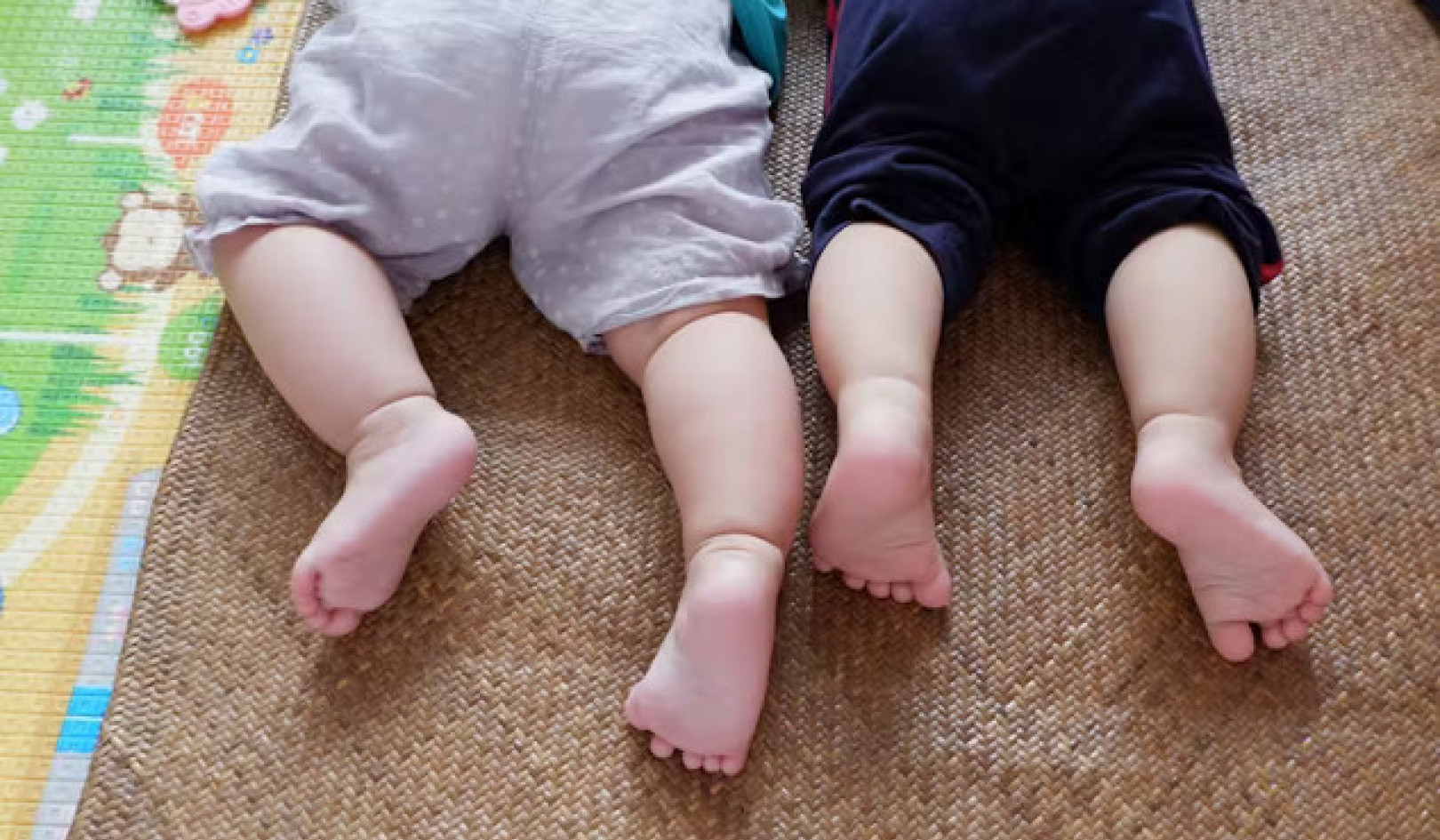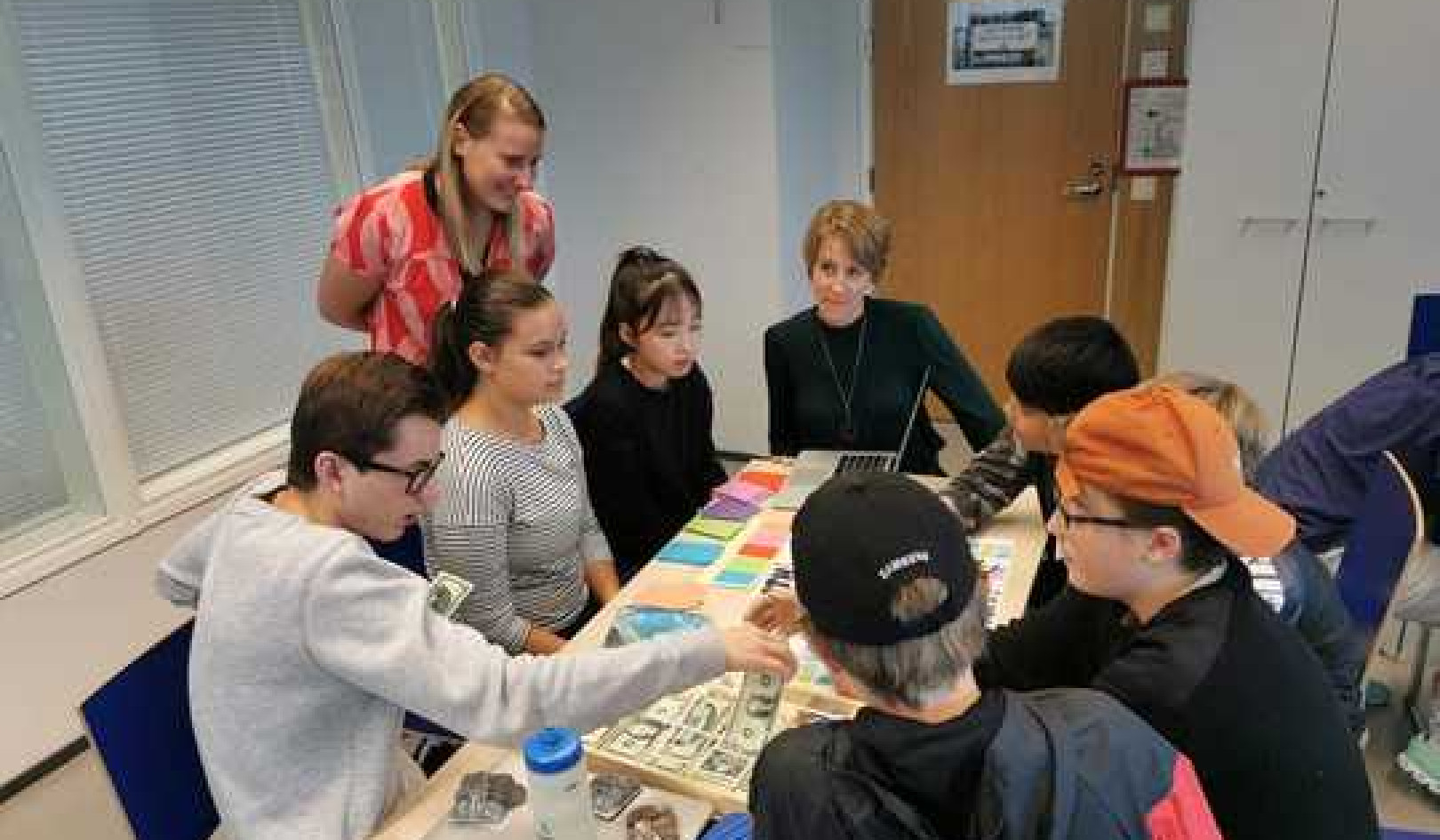
Wheat Field with Cypresses, by Vincent Van Gogh. Shutterstock
There are plenty of famous artists who have produced highly creative work while they were deeply unhappy or suffering from poor mental health. In 1931, the poet T.S. Eliot wrote a letter to a friend describing his “considerable mental agony” and how he felt “on the verge of insanity”. Vincent Van Gogh eventually took his own lifet, having written of “horrible fits of anxiety” and “feelings of emptiness and fatigue”.
So how are creativity and happiness linked? Does happiness make us more creative or does creativity make us happy?
Most of the research so far seems to indicate that a positive mood enhances creativity. But others have challenged this argument, suggesting a more complex relationship.
For example, a large study in Sweden found that authors were more likely to suffer from psychiatric disorders compared to people from non-creative professions. Even in the corporate world, it has been suggested that negative emotions can spark creativity and that “anxiety can focus the mind”, resulting in improved creative output.
Meanwhile, the psychologist Mihaly Csikszentmihalyi conducted extensive research on creative individuals across many disciplines, which found a common sense among all the people he interviewed: that they loved what they did, and that “designing or discovering something new” was one of their most enjoyable experiences.
It seems, then, that research to date supports a variety of different views, and I believe one of the reasons for this relates to time scale.
A key factor that affects creativity is attention. In the short term, you can get people to pay attention using external rewards (such as money) or by creating pressure to meet urgent deadlines.
But it is much harder to sustain creativity over longer periods using these approaches – so the role of happiness becomes increasingly important. My experience of working with a large number of commercial organisations in Wales (and my own career in the public and private sectors) is that creativity is often not sustained within an organisation, even when it is encouraged (or demanded) by senior management.
Typical reasons for this lack of sustained creativity are pressures and stresses at work, the fear of judgement, the fear of failure, or employee apathy. One way to tackle this might be to aspire to psychologist Paul Dolan’s definition of happiness as the “experiences of pleasure and purpose over time”.
He describes purpose as relating to “fulfilment, meaning and worthwhileness” and believes we are at our happiest with a “balance between pleasure and purpose”.

Early creativity. Shutterstock/Rawpixel
Therefore, if your work is meaningful, fulfilling and worthwhile it helps in supporting your happiness. It also has the added advantage of making you want to engage and pay attention (rather than having to).
Bringing purpose and creativity together helps provide the intrinsic motivation for undertaking creativity, what has been called the “energy for action”, and enables creativity to be sustained.
So, if you want to be creative in the long term, the key questions to ask yourself are whether you are doing work that is interesting and enjoyable for you, and is that work of value to you? Or, as the American academic Teresa Amabile puts it, do you “perceive your work as contributing value to something or someone who matters”.
{vembed Y=YRnvox6_o2M}
Performance anxiety
Another question to ask yourself is: are you helping others gain that “energy for action”, whether you are a manager in a company or a teacher in a school.
In situations where creative work has not been associated with happiness, such as the example of some prominent artists and authors, it might well be that their creative work was still driven by a sense of purpose and that other factors made them unhappy.
Another common element affecting the happiness of many creative people is the pressure they put on themselves to be creative, something I have often seen with my own students. This kind of pressure and stress can result in creative blocks and consequently perpetuate the problem.
So maybe the solution in these situations is to seek pleasure rather than purpose, as a positive mood does seem to enhance creativity, or to encourage people to be more playful. For those creative people who suffer from mental health problems, it is a much more complicated picture. But perhaps the act of undertaking creative activity can at least help in the healing process.![]()
About The Author
Gareth Loudon, Professor of Creativity, Cardiff Metropolitan University
This article is republished from The Conversation under a Creative Commons license. Read the original article.

Related Books:
The Four Agreements: A Practical Guide to Personal Freedom (A Toltec Wisdom Book)
by Don Miguel Ruiz
This book offers a guide to personal freedom and happiness, drawing on ancient Toltec wisdom and spiritual principles.
Click for more info or to order
The Untethered Soul: The Journey Beyond Yourself
by Michael A. Singer
This book offers a guide to spiritual growth and happiness, drawing on mindfulness practices and insights from Eastern and Western spiritual traditions.
Click for more info or to order
The Gifts of Imperfection: Let Go of Who You Think You're Supposed to Be and Embrace Who You Are
by Brené Brown
This book offers a guide to self-acceptance and happiness, drawing on personal experiences, research, and insights from social psychology and spirituality.
Click for more info or to order
The Subtle Art of Not Giving a F*ck: A Counterintuitive Approach to Living a Good Life
by Mark Manson
This book offers a refreshing and humorous approach to happiness, emphasizing the importance of accepting and embracing life's inevitable challenges and uncertainties.
Click for more info or to order
The Happiness Advantage: How a Positive Brain Fuels Success in Work and Life
by Shawn Achor
This book offers a guide to happiness and success, drawing on scientific research and practical strategies for cultivating a positive mindset and behavior.





















